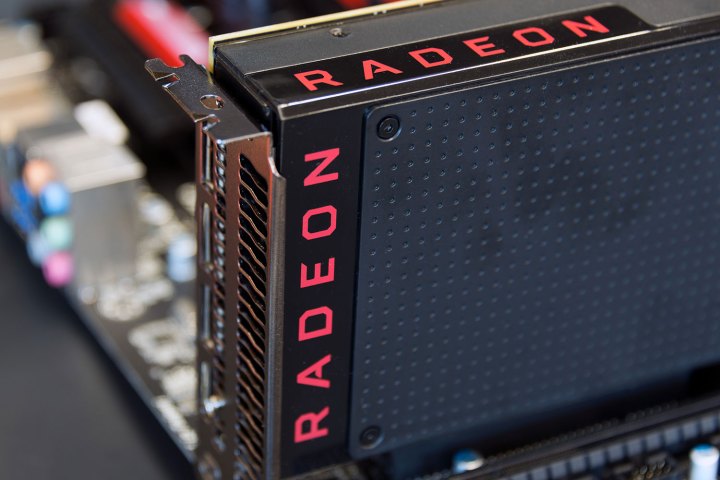
As previously reported, the Radeon RX 480 cards were drawing more power from the PCI Express bus than what’s allowed by the official specifications served up by the PCI-SIG collective. Graphics cards can pull 75 watts directly from the PCI Express slot, and another 75 watts from the separate six-pin PCI Express power connector. The Radeon RX 480 was caught yanking up to 95 watts from the PCI Express slot alone.
According to the driver release notes, PCI Express bandwidth is now “at the correct speed” on the Radeon RX 480. The company said it has also applied performance improvements for the Polaris architecture in the new driver set that will generate up to 3-percent better performance in popular PC games. This should help offset the performance loss when the “compatibility mode” toggle is activated.
So does this new driver set fix the Radeon RX 480’s power problem? PC Perspective took them for a spin and saw that the Radeon RX 480 power draw was finally back to normal levels. The six-pin power connector now provides more of the power the card needs than the +12V rails on the PCI Express slot.
As for the compatibility mode setting, the site ran Metro: Last Light on the Radeon RX 480 card set at a 3,840 x 2,160 resolution. The average frame rate without the toggle disabled was higher using the new 16.7.1 driver when compared to using the older 16.6.2 driver, pointing to the Polaris performance tweaks AMD said it made with the new software. Even more, with the toggle switched on, the frame rates seemed unchanged when comparing the results of the two drivers.
In a second, this time of The Witcher 3: Wild Hunt running at a 1,920 x 1,080 resolution, benchmarking revealed that there was a slight performance increase with the new drivers and the toggle switched off. Once that toggle was switched on, performance was indistinguishable between the new and older drivers. That’s great news for customers with a sparkly new Radeon RX 480 card worried about a performance impact related to the power draw “fix.”
Although the power issue is unfortunate for a company wanting to address the mass market with an affordable solution capable of high-quality VR experiences, AMD certainly didn’t hesitate to address the issue. The company saw the testing results, acknowledged the problem, publicly addressed the issue, and then immediately followed up with a promised fix. Simply awesome, AMD.
That said, customers can now grab the 32-bit version here and the 64-bit version here.



